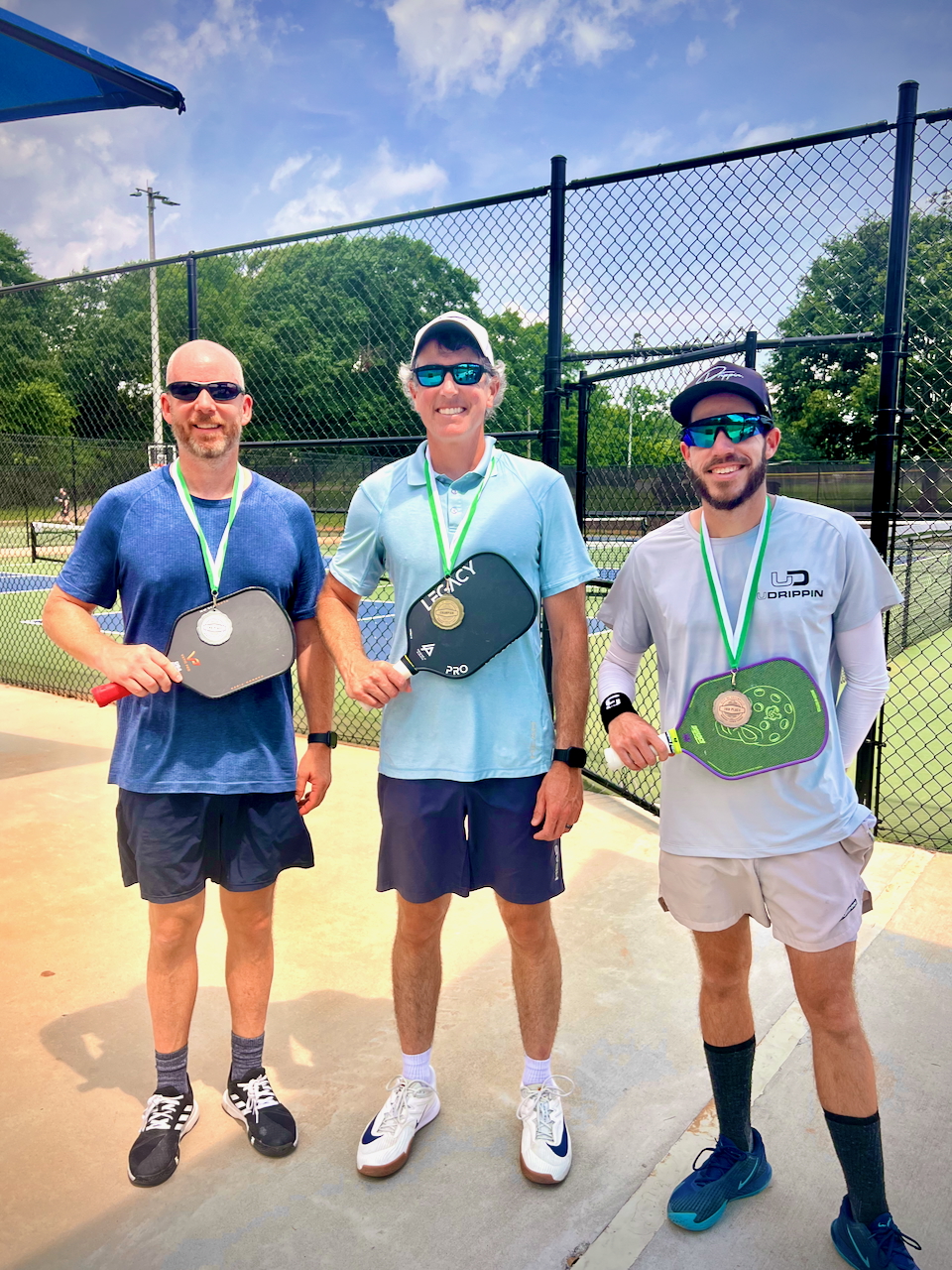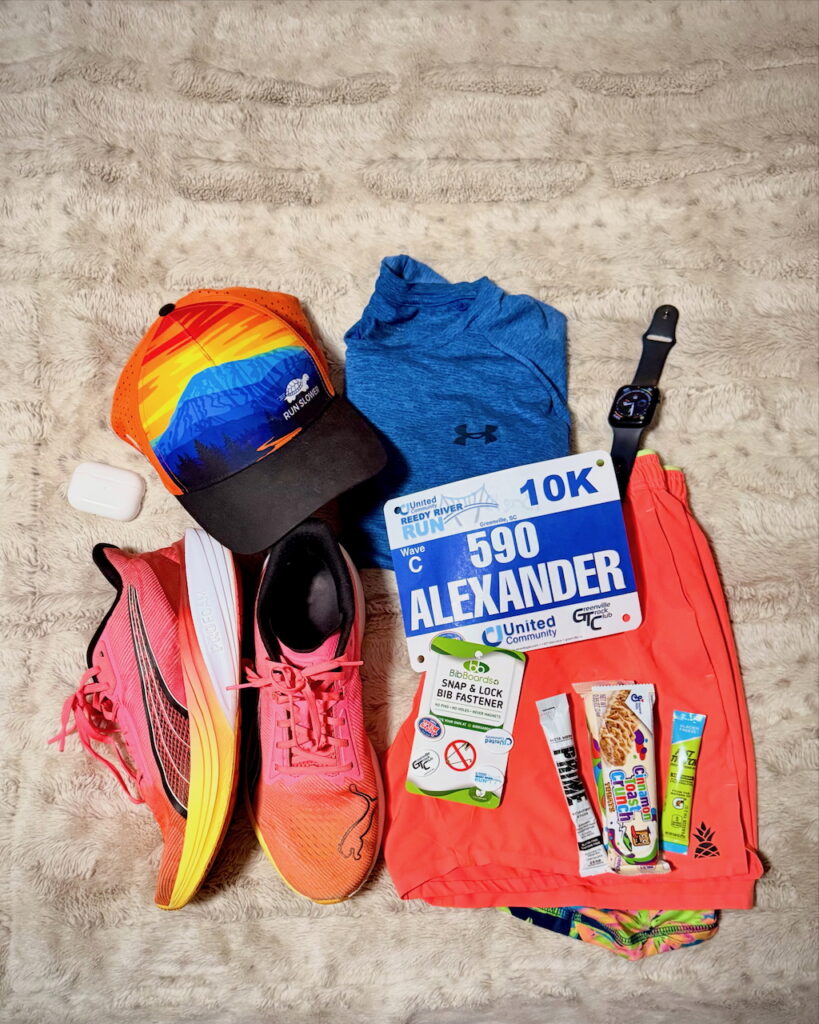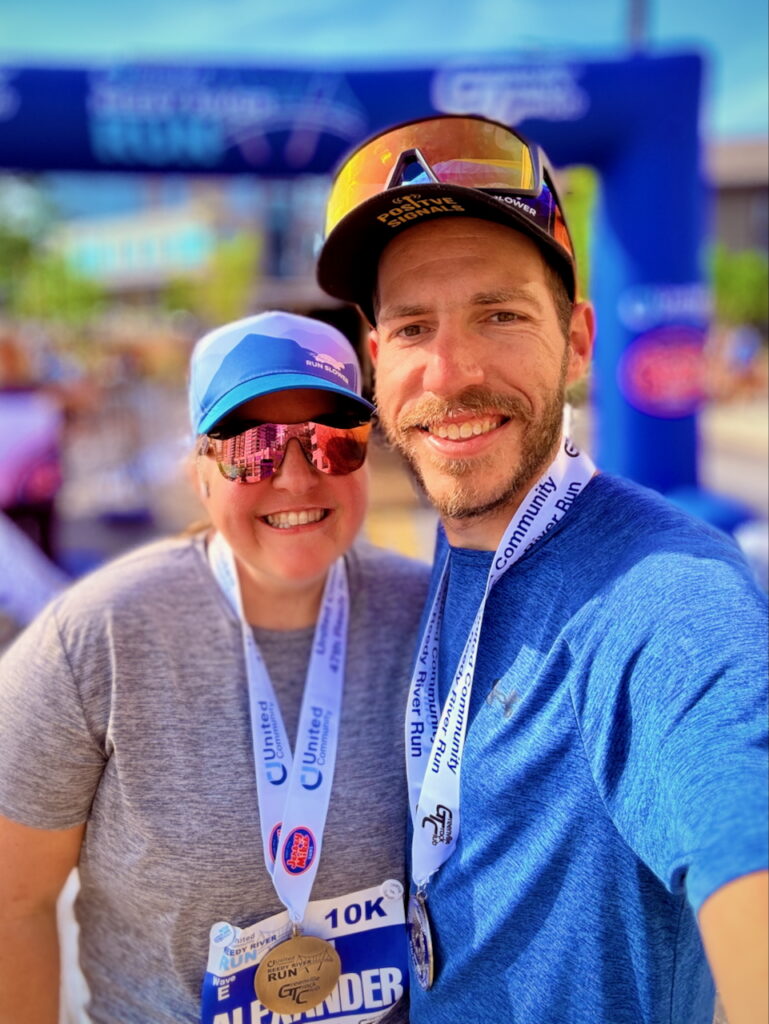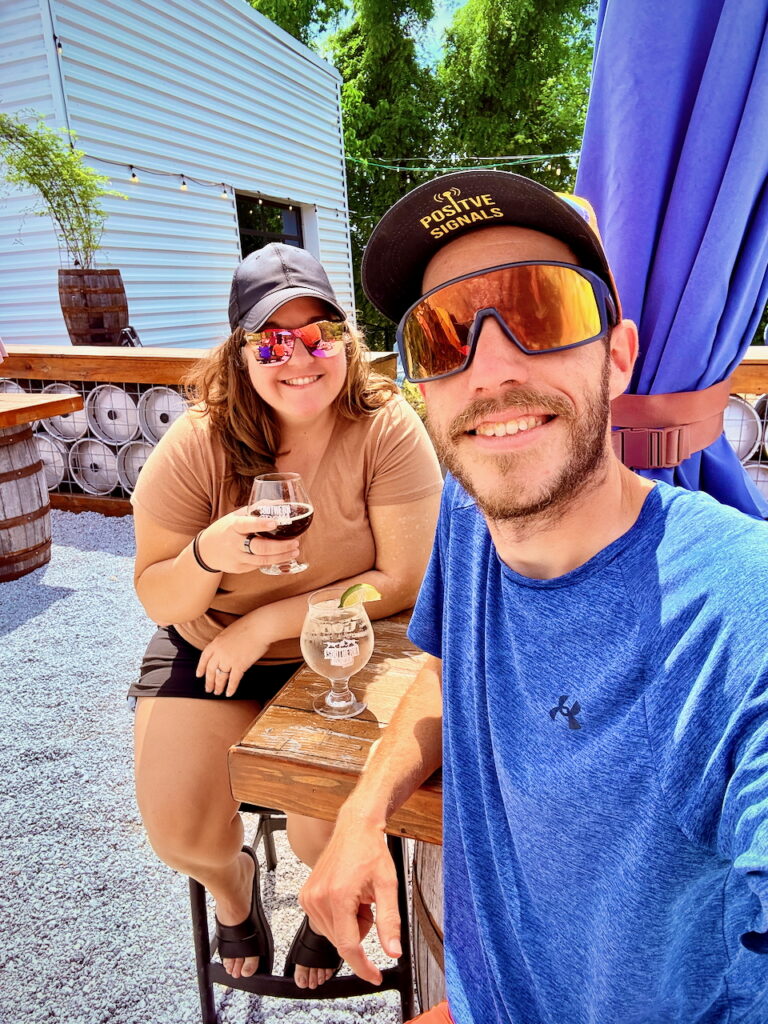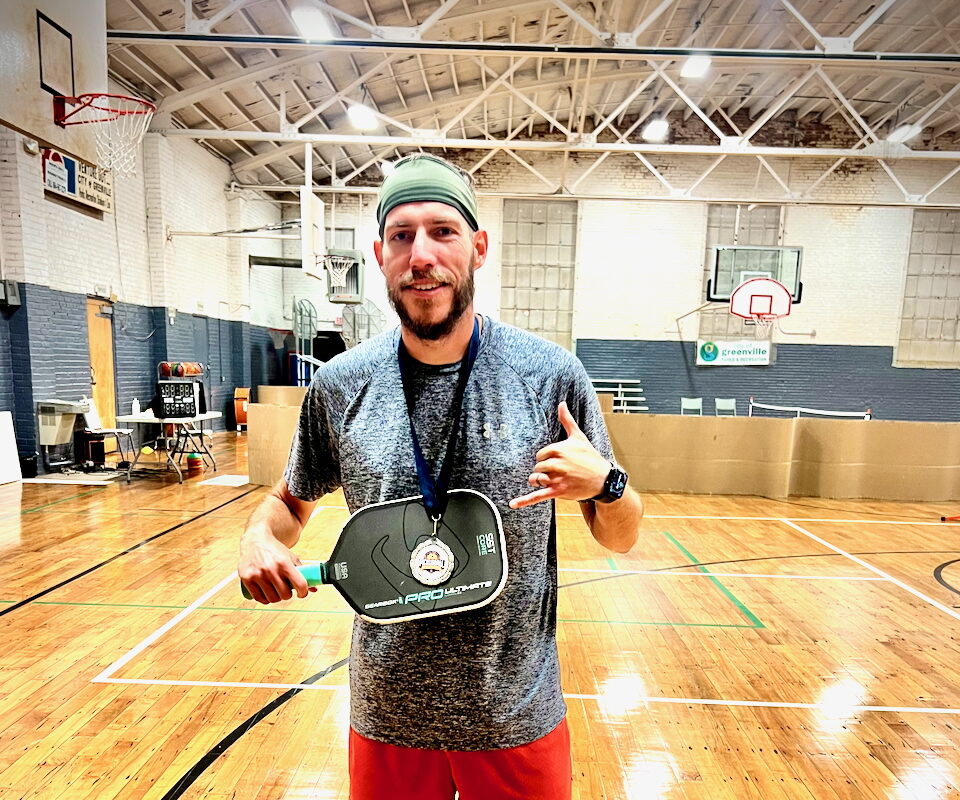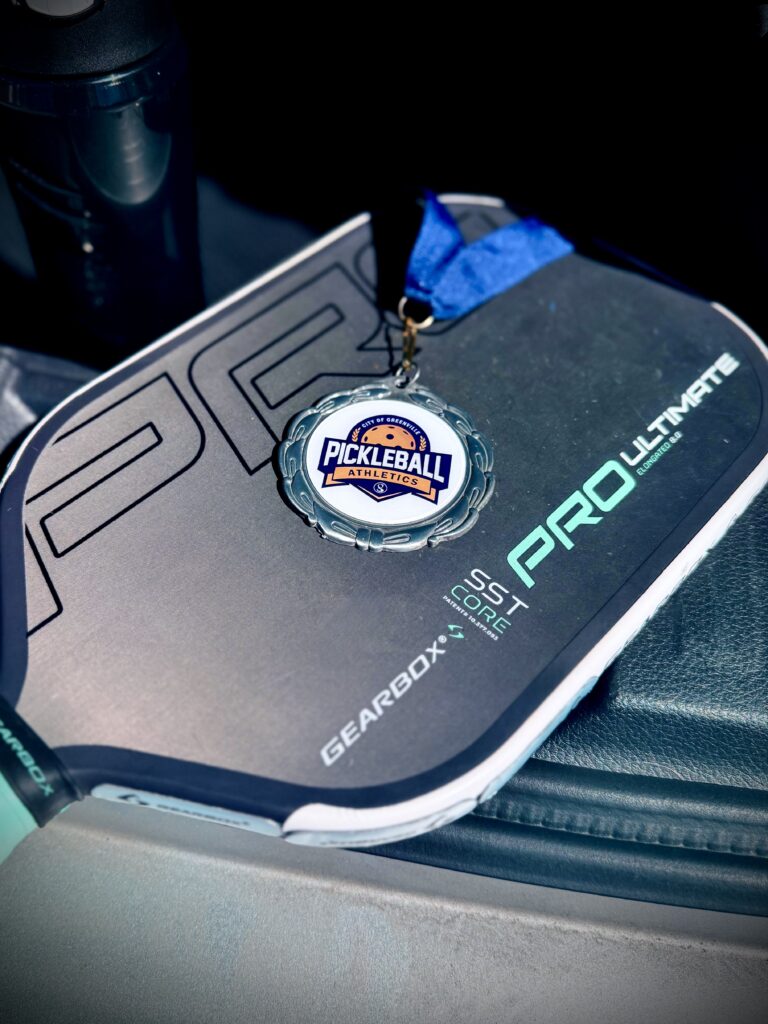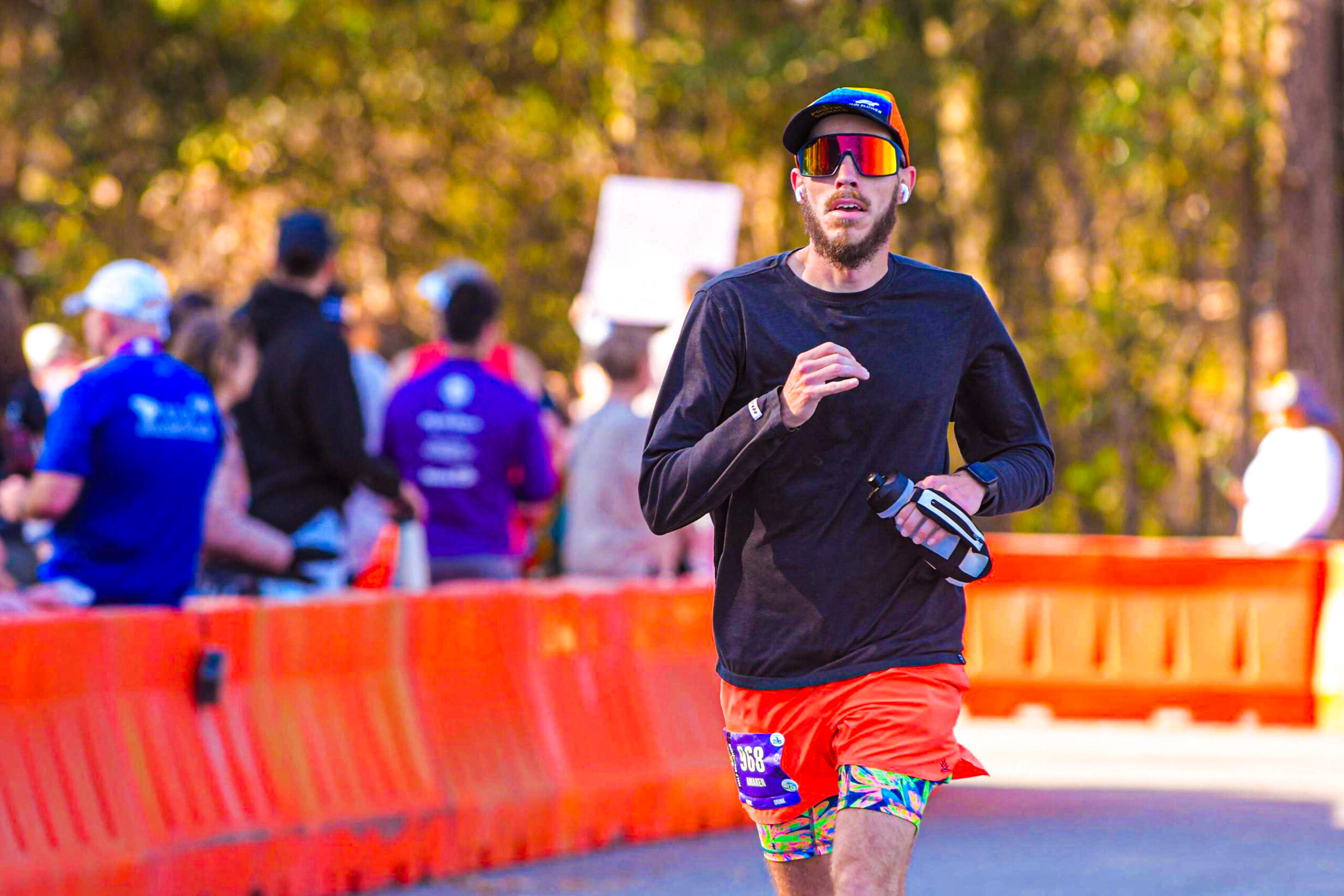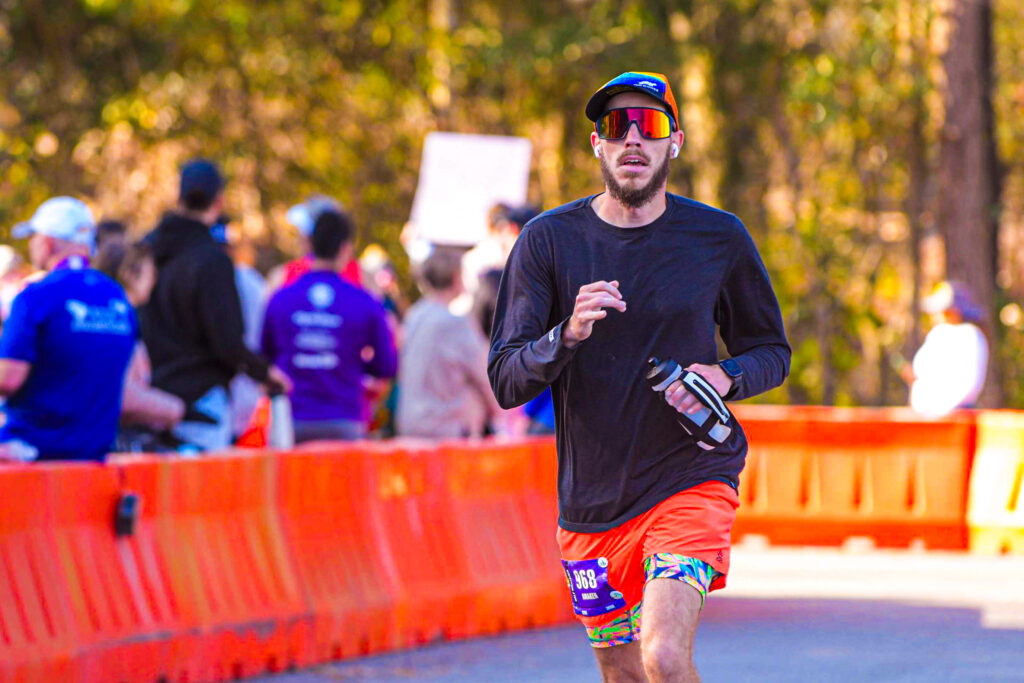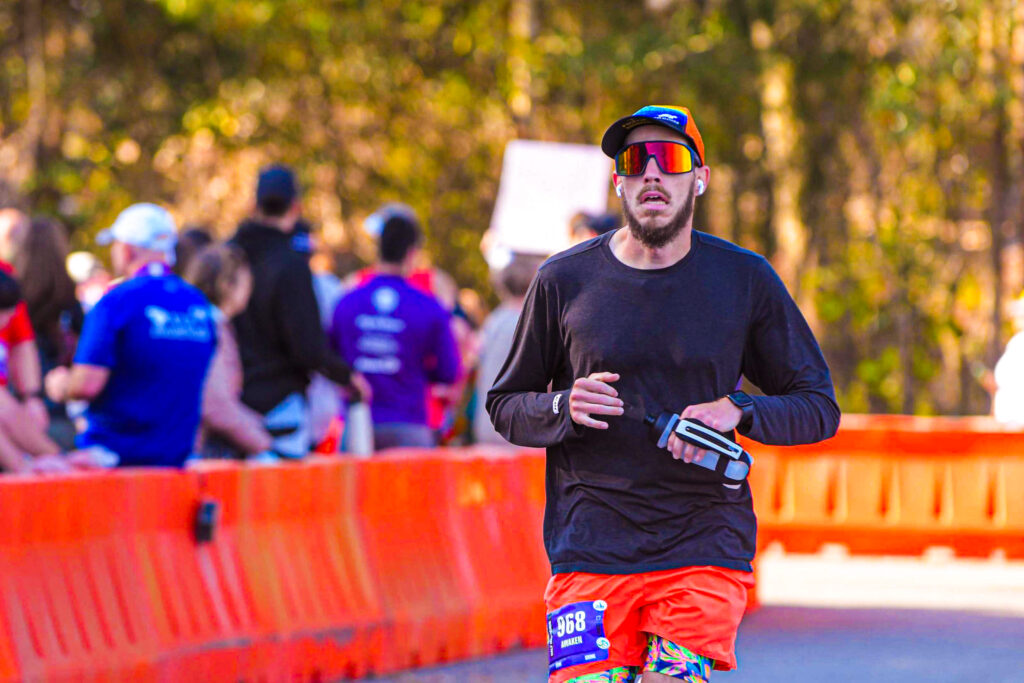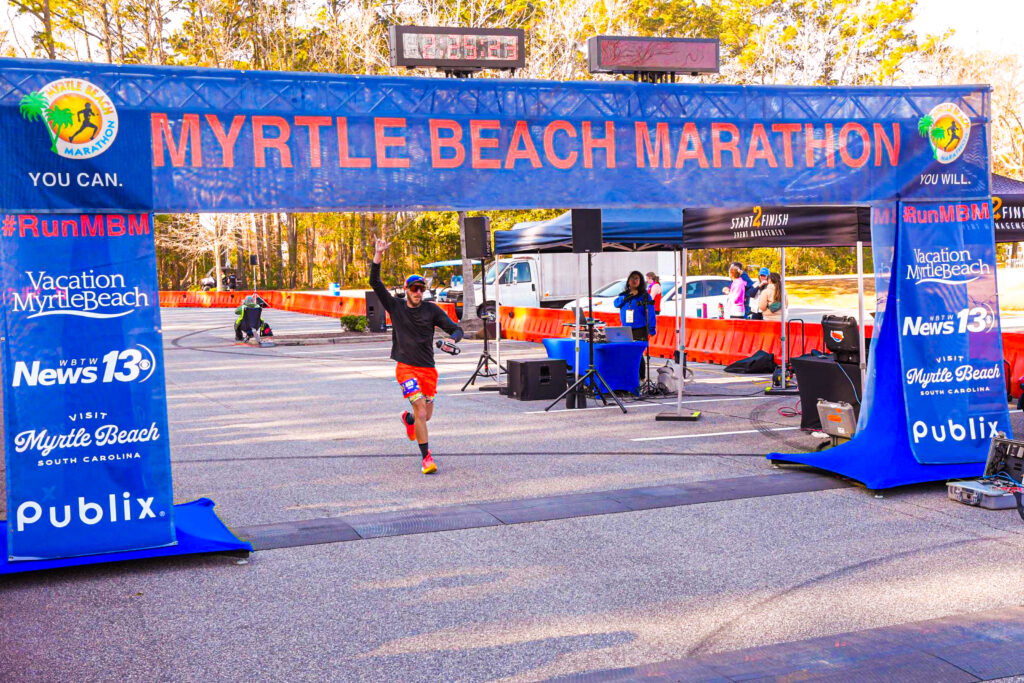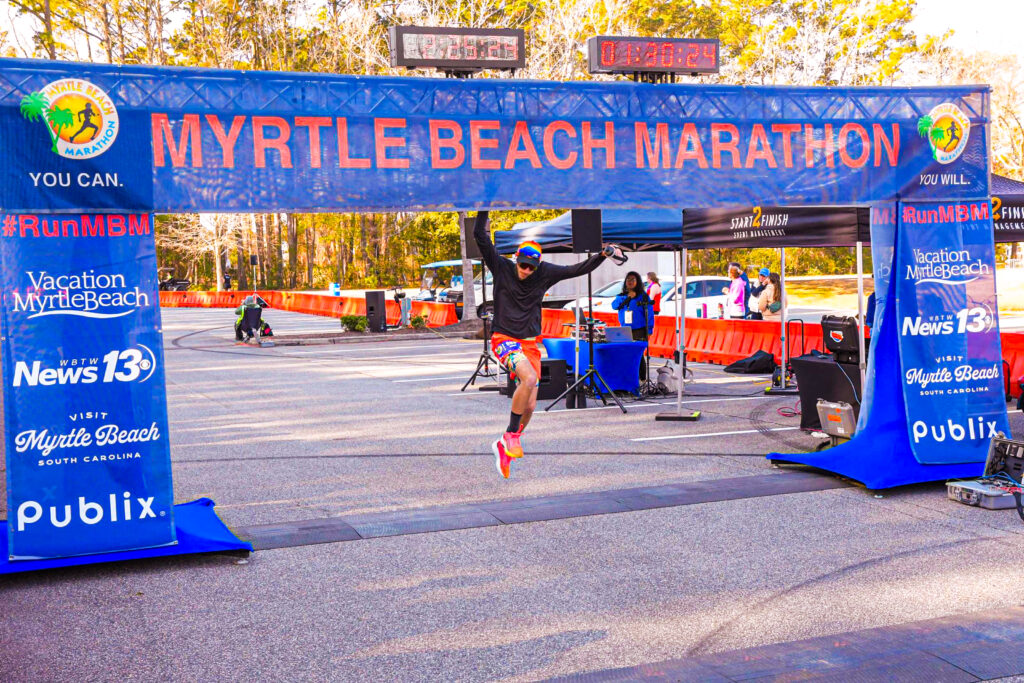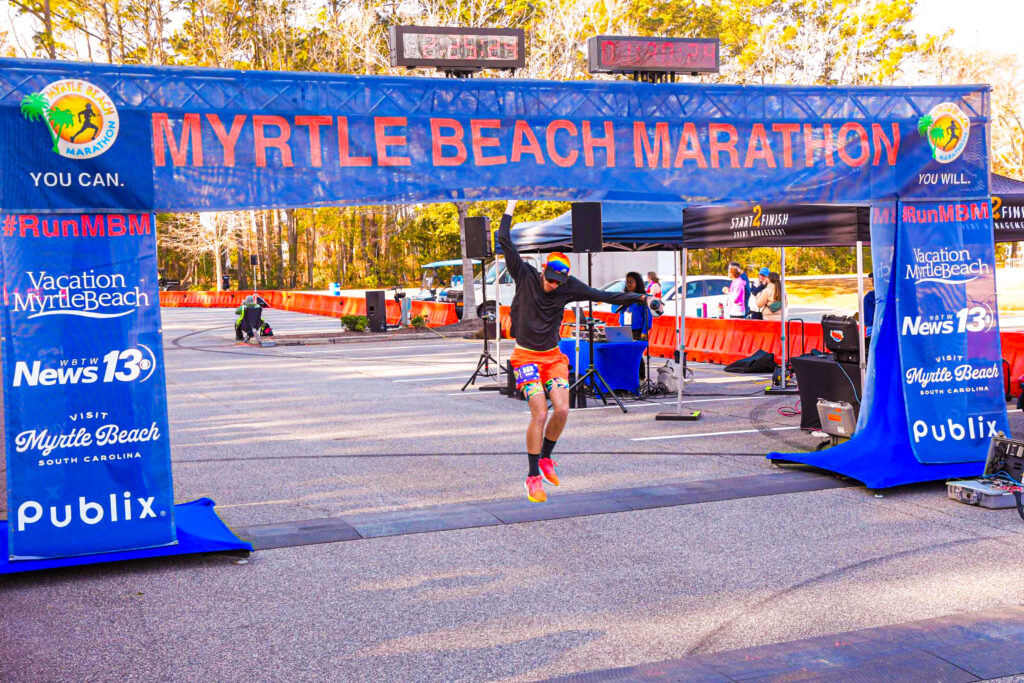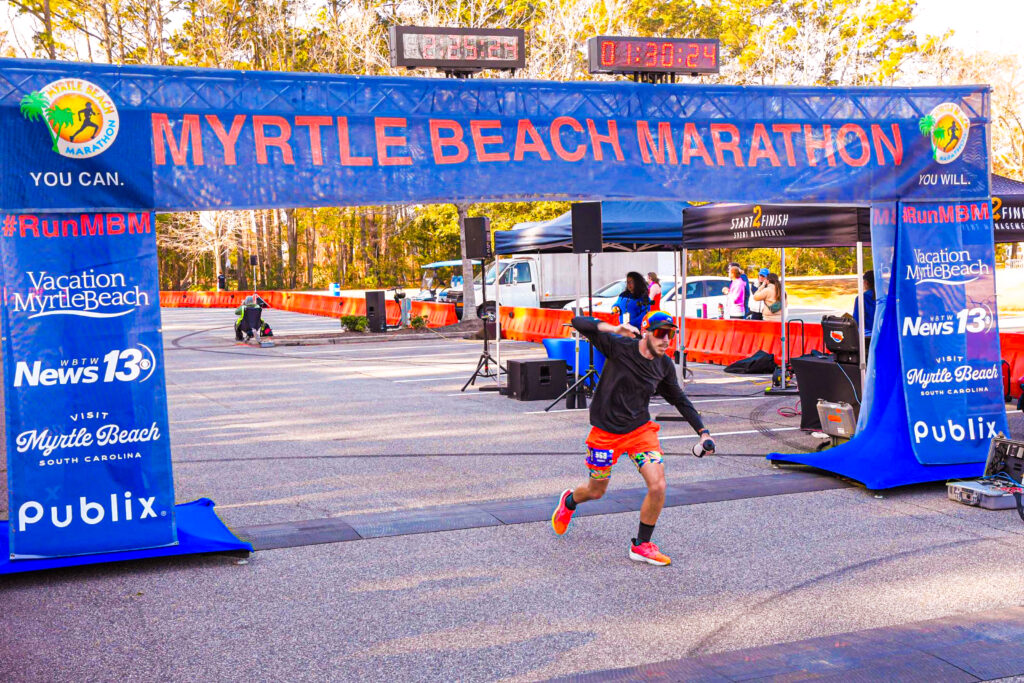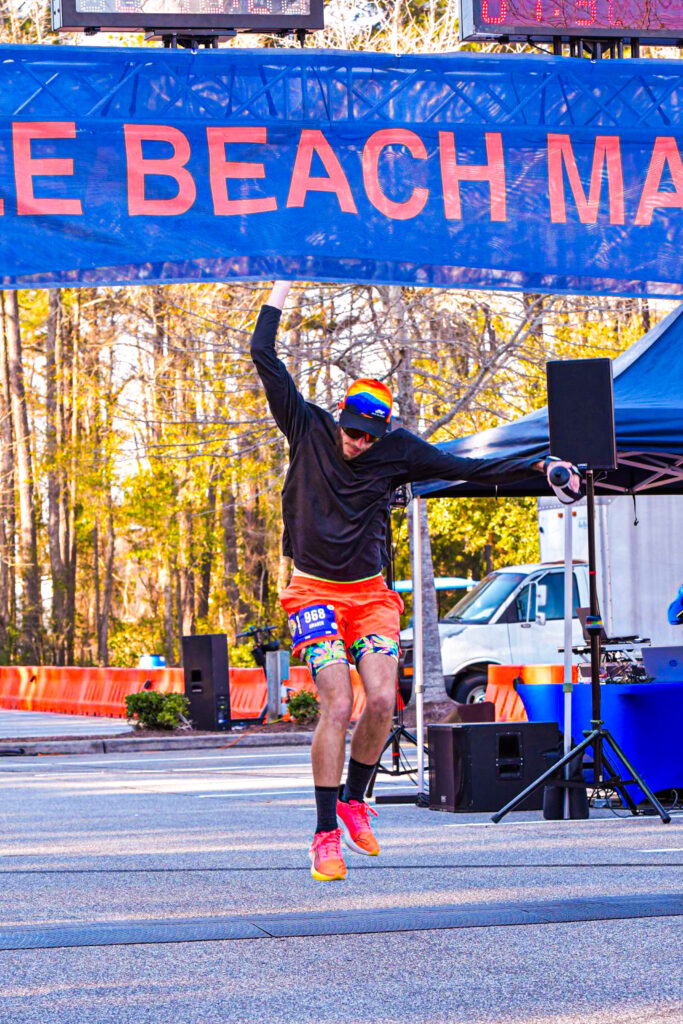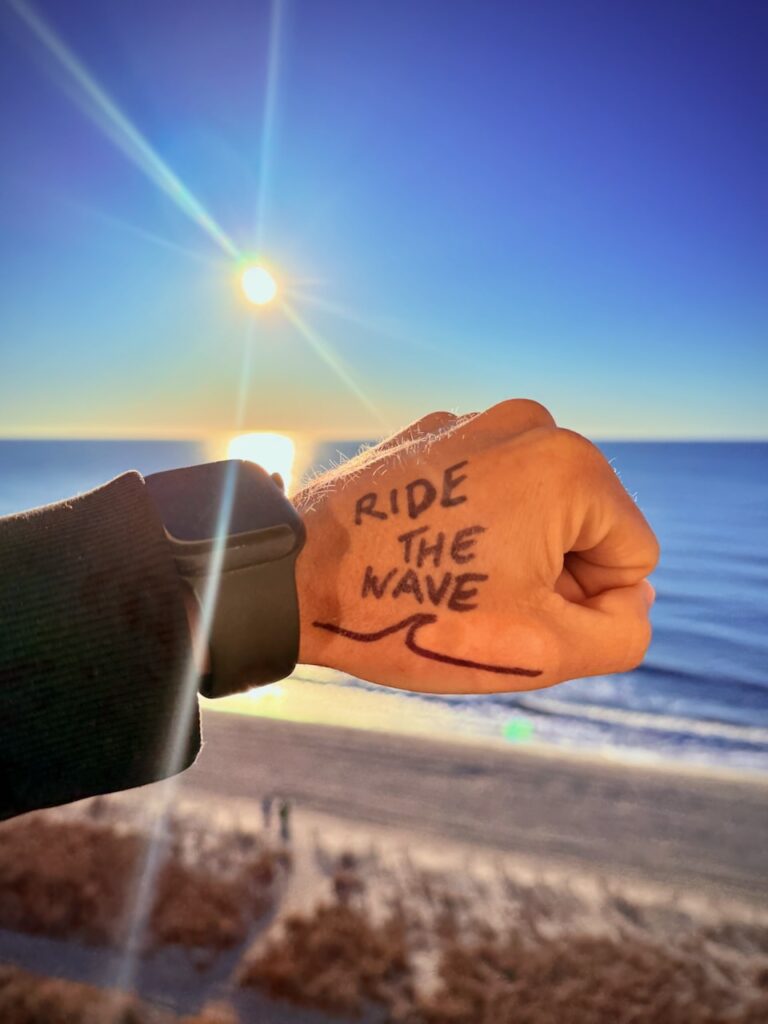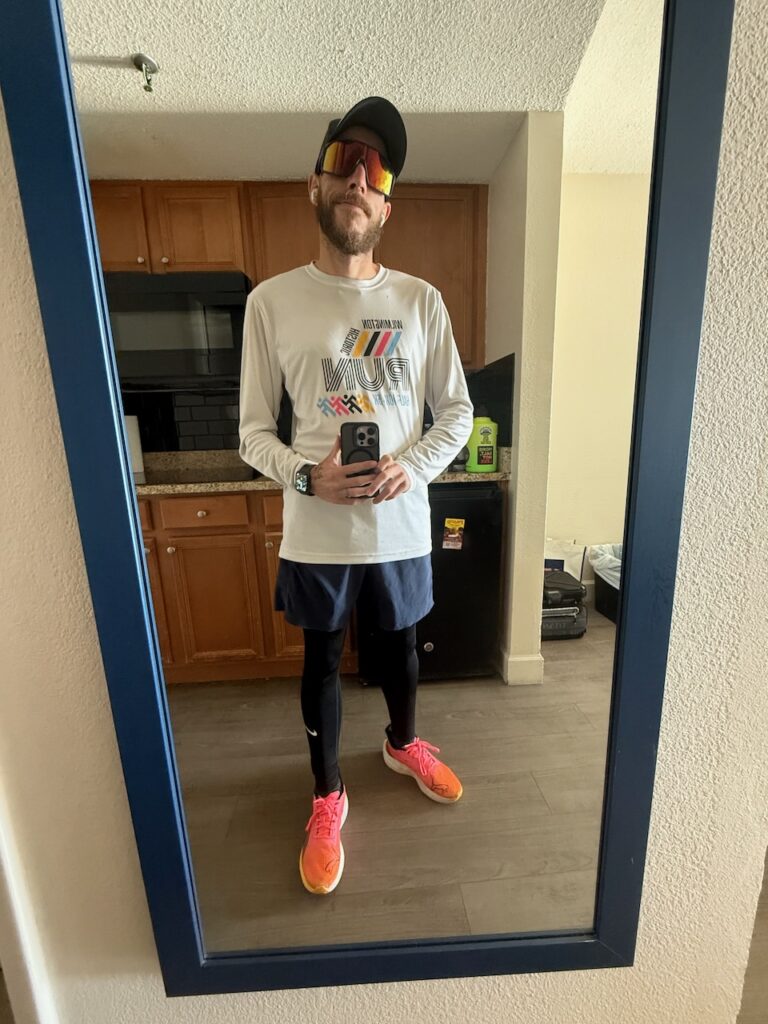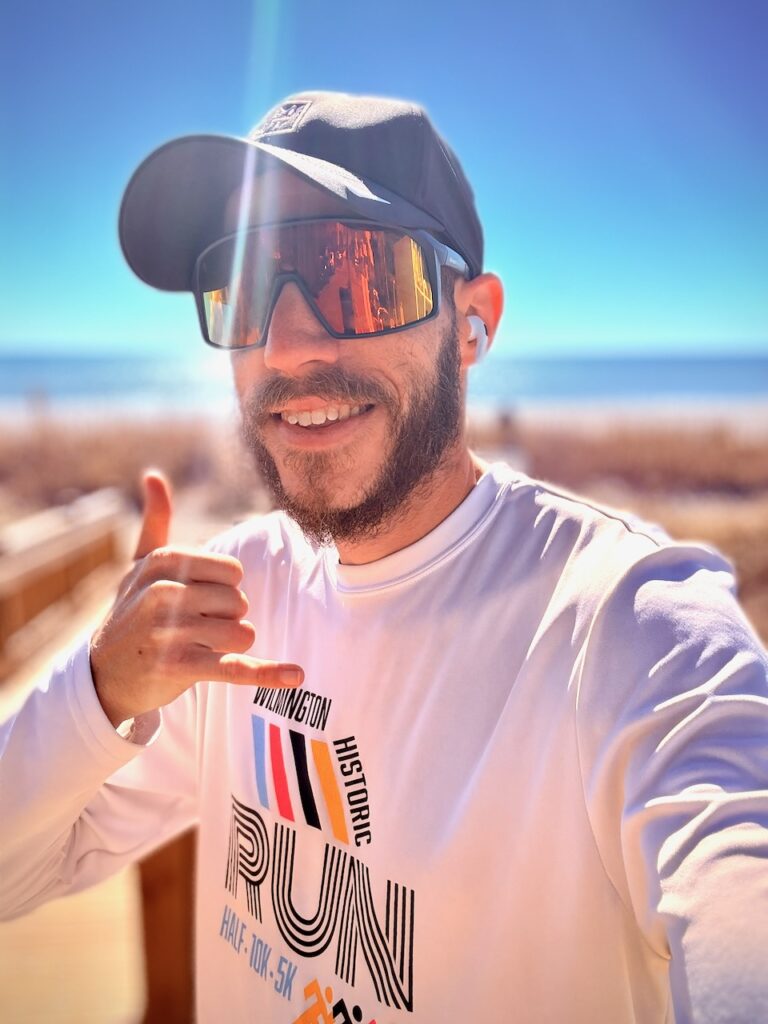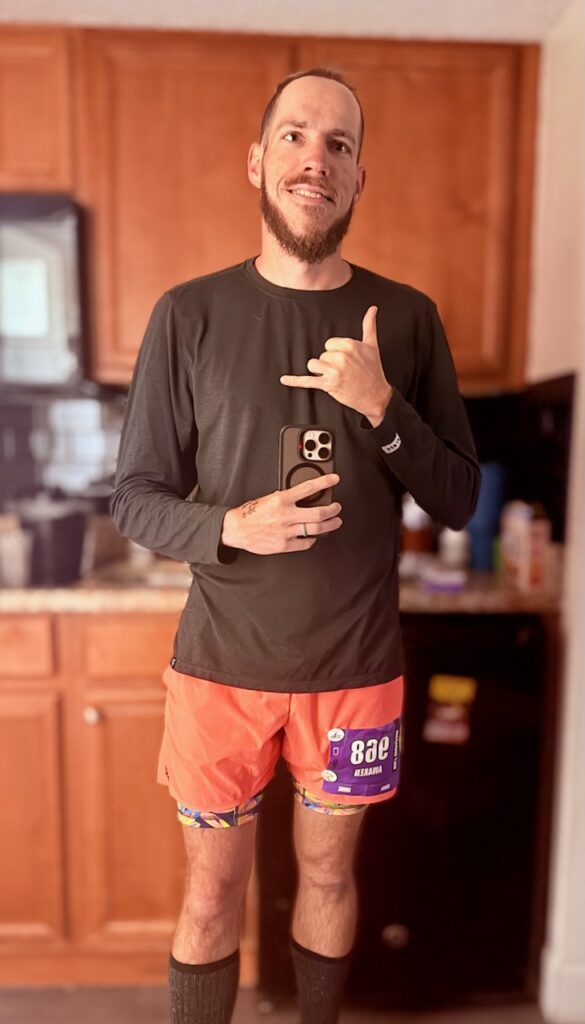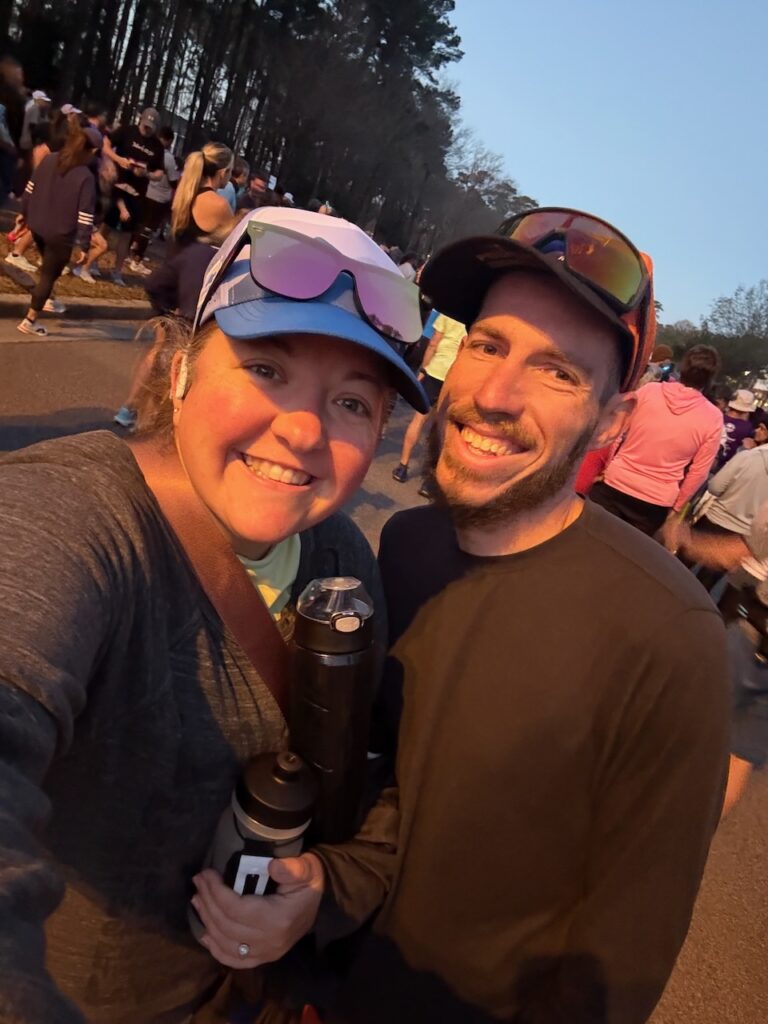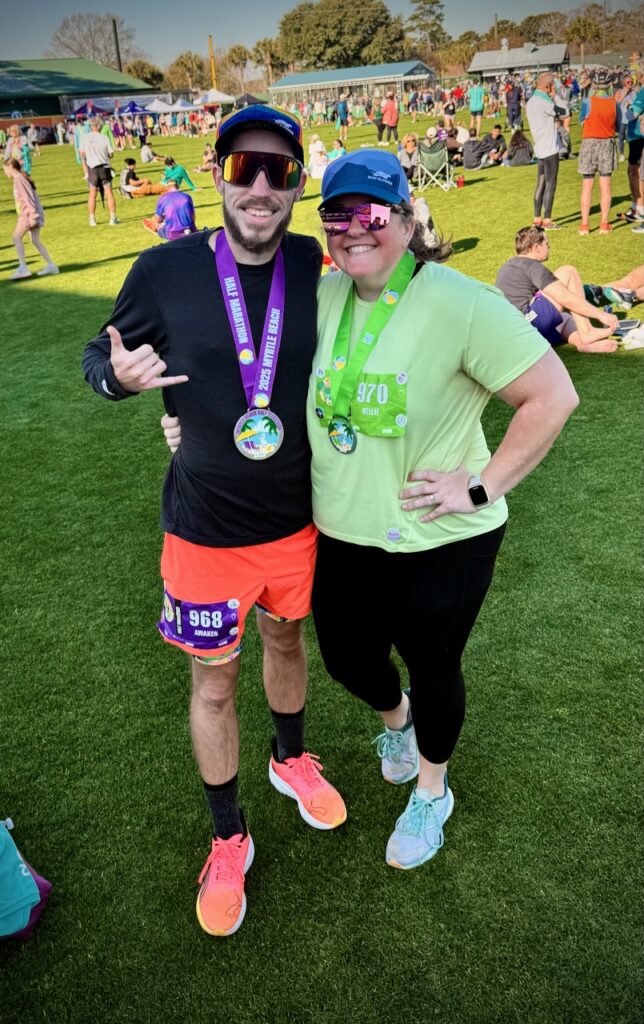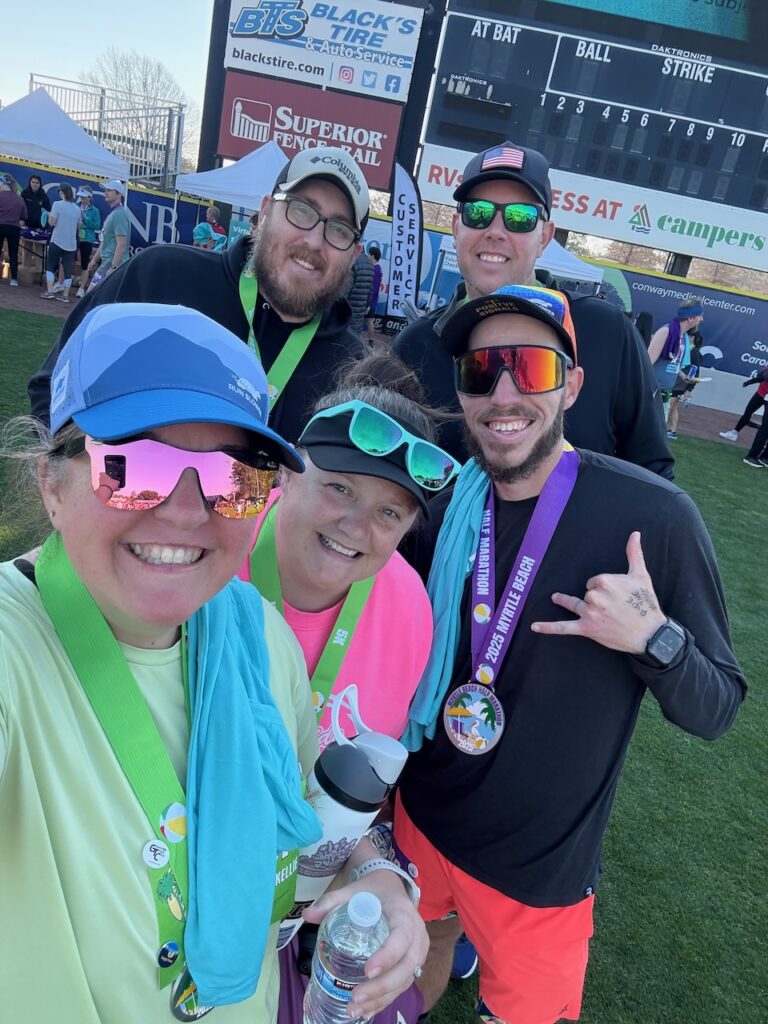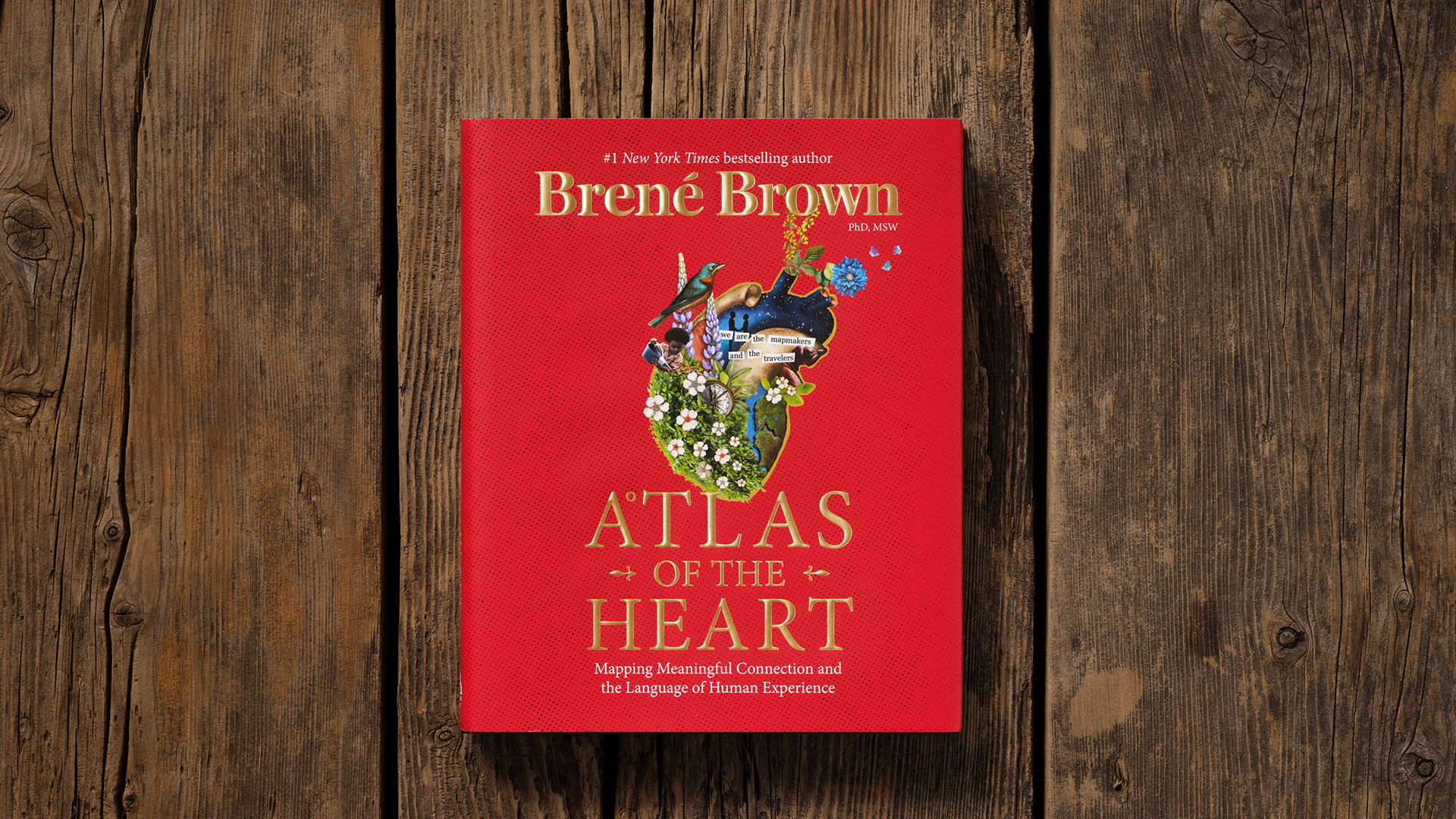In Atlas of the Heart, Brené Brown takes us on a transformative journey into the complex world of human emotions and experiences. This book serves as both a guide and a map, offering readers a fresh perspective on how to navigate life’s most pivotal emotional landscapes.
What Atlas of the Heart Is About
The book categorizes and explores 87 emotions and experiences, providing research-based insights to help readers understand what we feel, why we feel it, and how to communicate these emotions with clarity and empathy. Brown, known for her groundbreaking work on vulnerability, courage, and shame, delivers this resource with her signature mix of storytelling, research, and humor.
Through vivid metaphors, real-life examples, and reflective questions, Brown empowers us to recognize emotions that often go unnamed. She emphasizes that our ability to articulate feelings isn’t just a soft skill but a critical component of connection, both with ourselves and others.
Themes That Stood Out to Me
1. Naming Emotions Is a Form of Power
One of Brown’s most profound insights is that expanding our emotional vocabulary enables greater emotional resilience. In her research, she discovered that most people can only name three emotions: happy, sad, and angry. Atlas of the Heart invites us to explore the complexity beyond these basics. Words like anguish, awe, and nostalgia take on new significance, as Brown provides not only definitions but the contexts in which these feelings arise.
For me, this reframing felt like a revelation. Learning to name my emotions more precisely has already influenced how I approach difficult conversations, both personally and professionally. Instead of feeling overwhelmed, I find myself better equipped to express what I’m truly experiencing.
2. Connection Requires Emotional Literacy
Brown’s work reinforces that connection is rooted in understanding ourselves and communicating that understanding to others. Atlas of the Heart bridges the gap between feeling and expressing. It also challenges the idea that being vulnerable is a weakness. Rather, vulnerability is what makes courage possible. The book offers practical language to express vulnerability in ways that foster trust, respect, and connection.
How Atlas of the Heart Relates to Pickleball and Athletic Performance
As I read, I couldn’t help but think of the parallels between emotional intelligence and athletic performance, especially in pickleball. In a sport where split-second decisions and mental toughness are key, understanding and regulating emotions is vital. Whether it’s managing the frustration of a tough loss or the anxiety of a high-stakes tournament, emotional literacy can change the game—literally and figuratively.
Mastering the game is as much about mindset as mechanics, and the lessons from Atlas of the Heart remind me that effective play requires empathy and clarity. Naming and working through emotions can unlock breakthroughs in performance, confidence, and joy on the court.
Takeaways and Recommendations
Atlas of the Heart is an essential read for anyone seeking deeper self-awareness and more meaningful relationships. Brown’s research-backed insights are practical and profound, making this book an invaluable resource for coaches, leaders, and anyone committed to personal growth.
If you’re looking to explore emotional complexity in a digestible, actionable way, Atlas of the Heart belongs on your shelf. The insights you’ll gain about yourself and others are as transformative as they are affirming.
![]()
![]()
![]()
![]()
![]() Love the feel!!!
Love the feel!!!![]()
![]()
![]()

